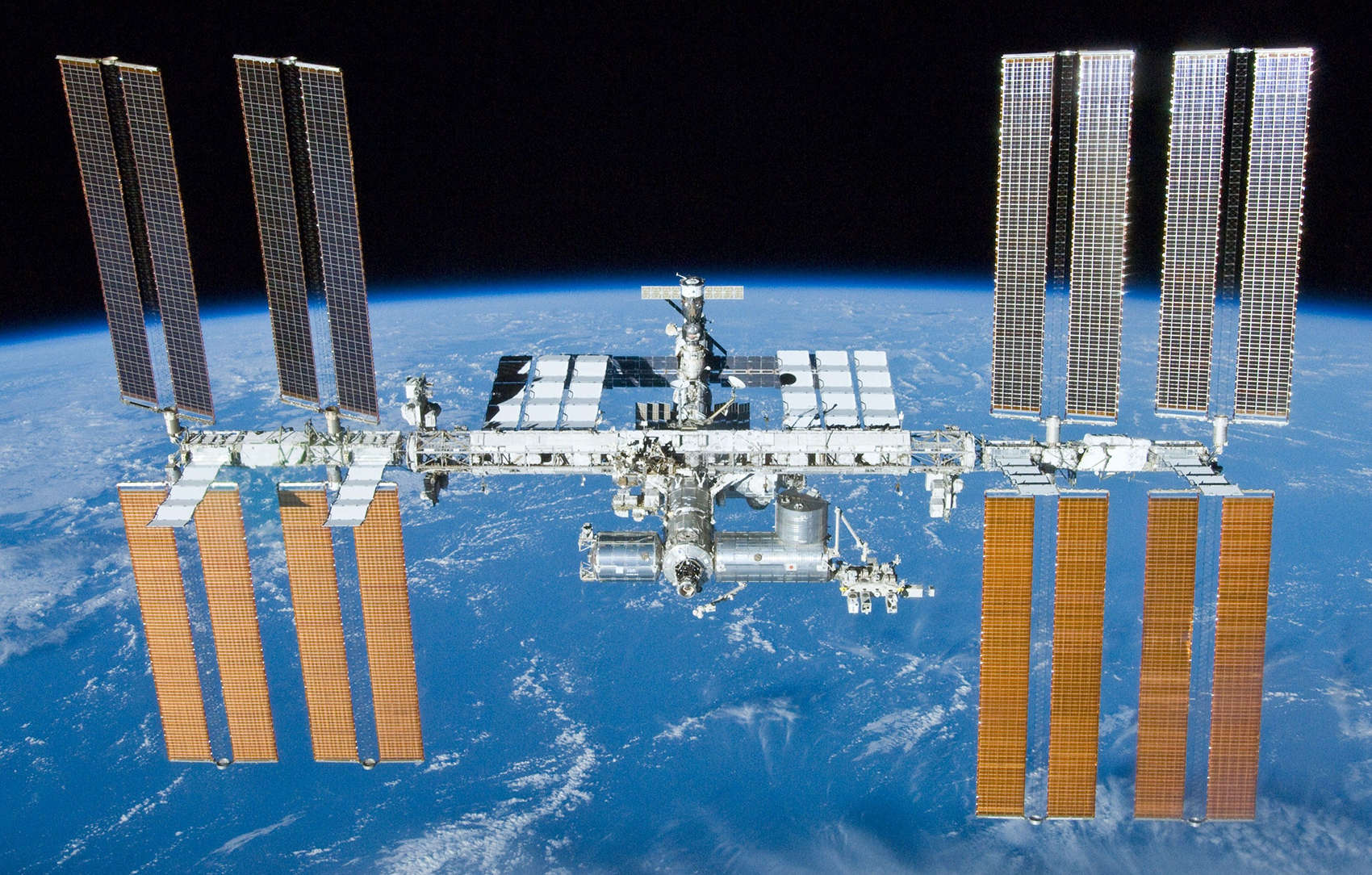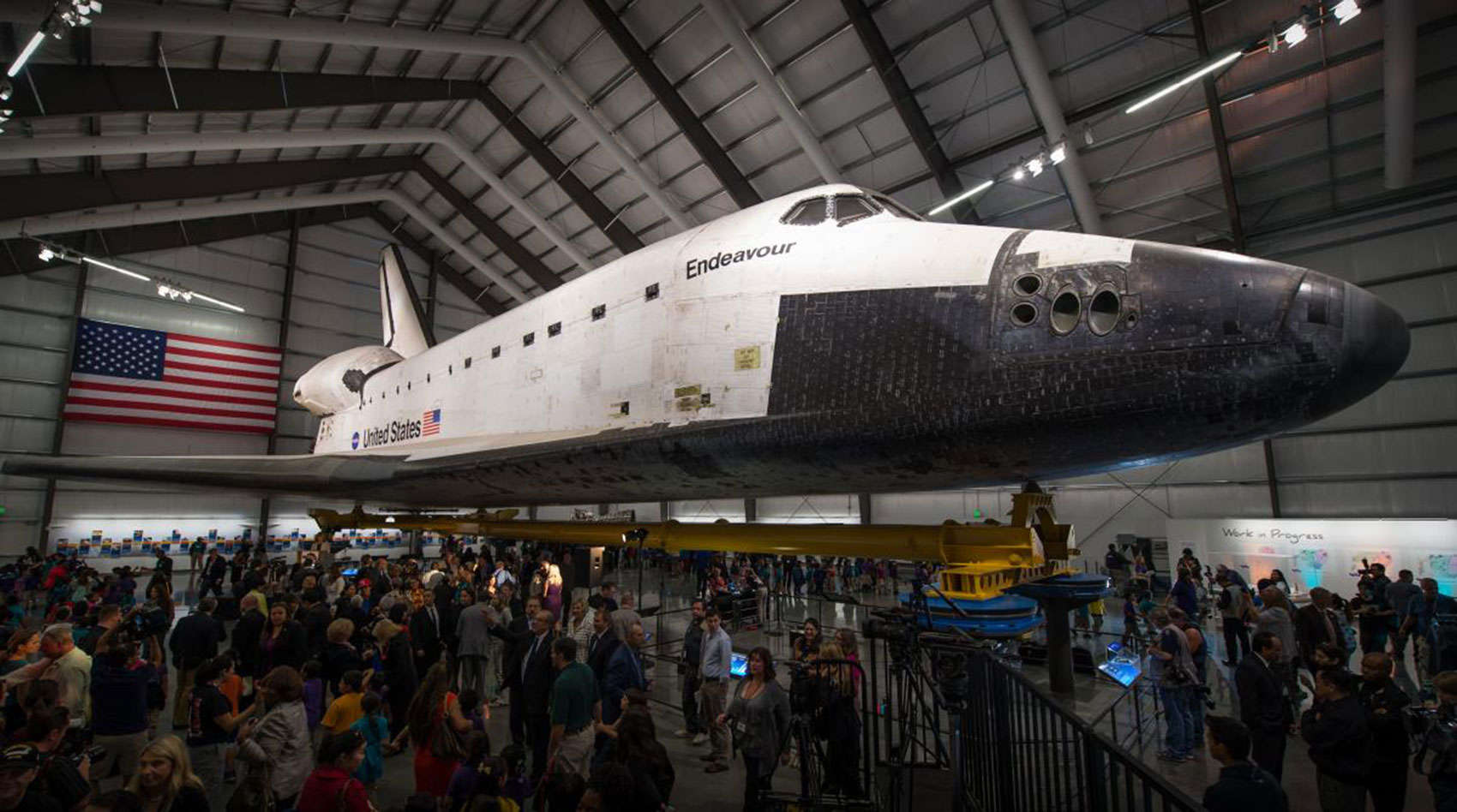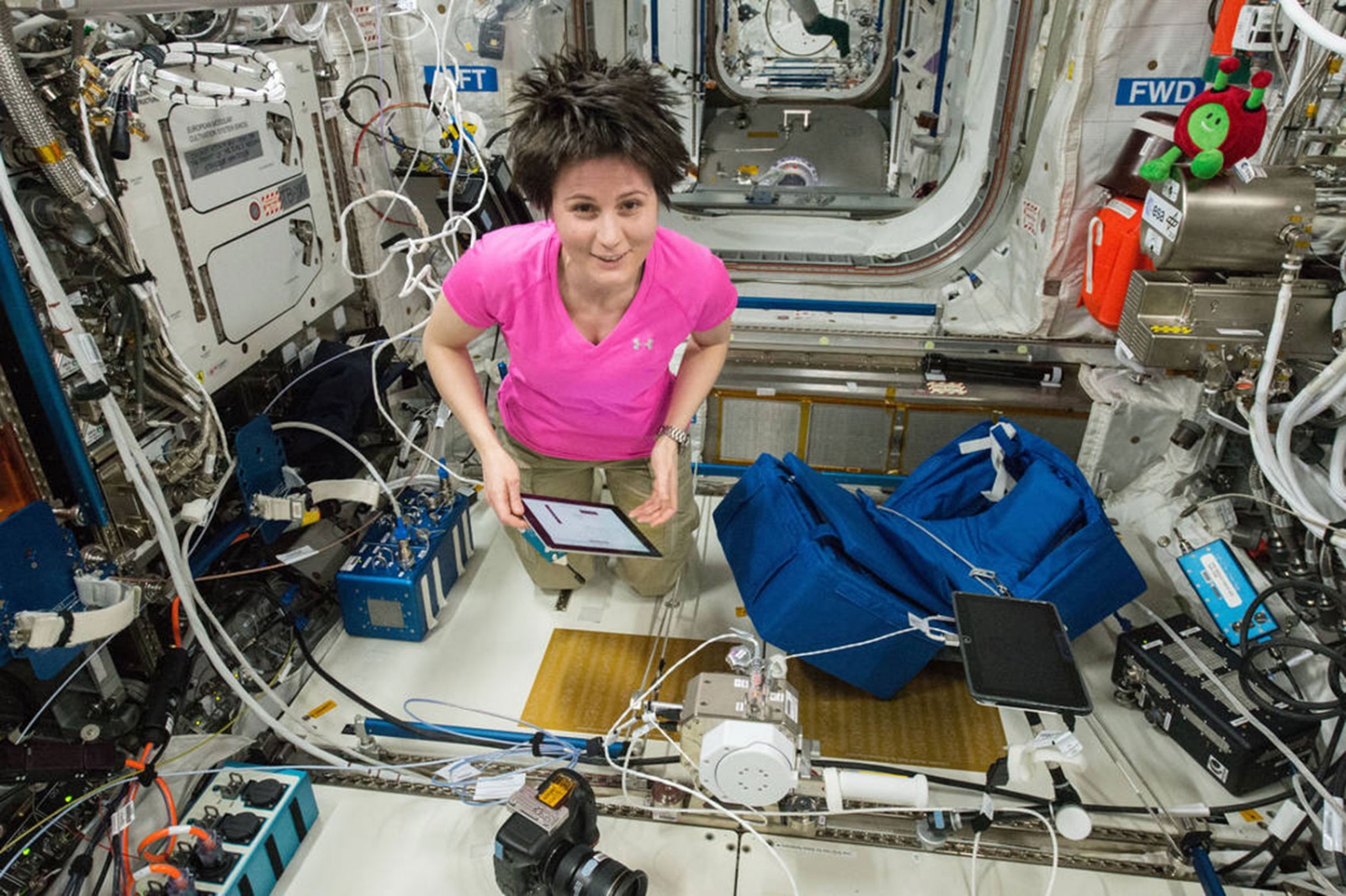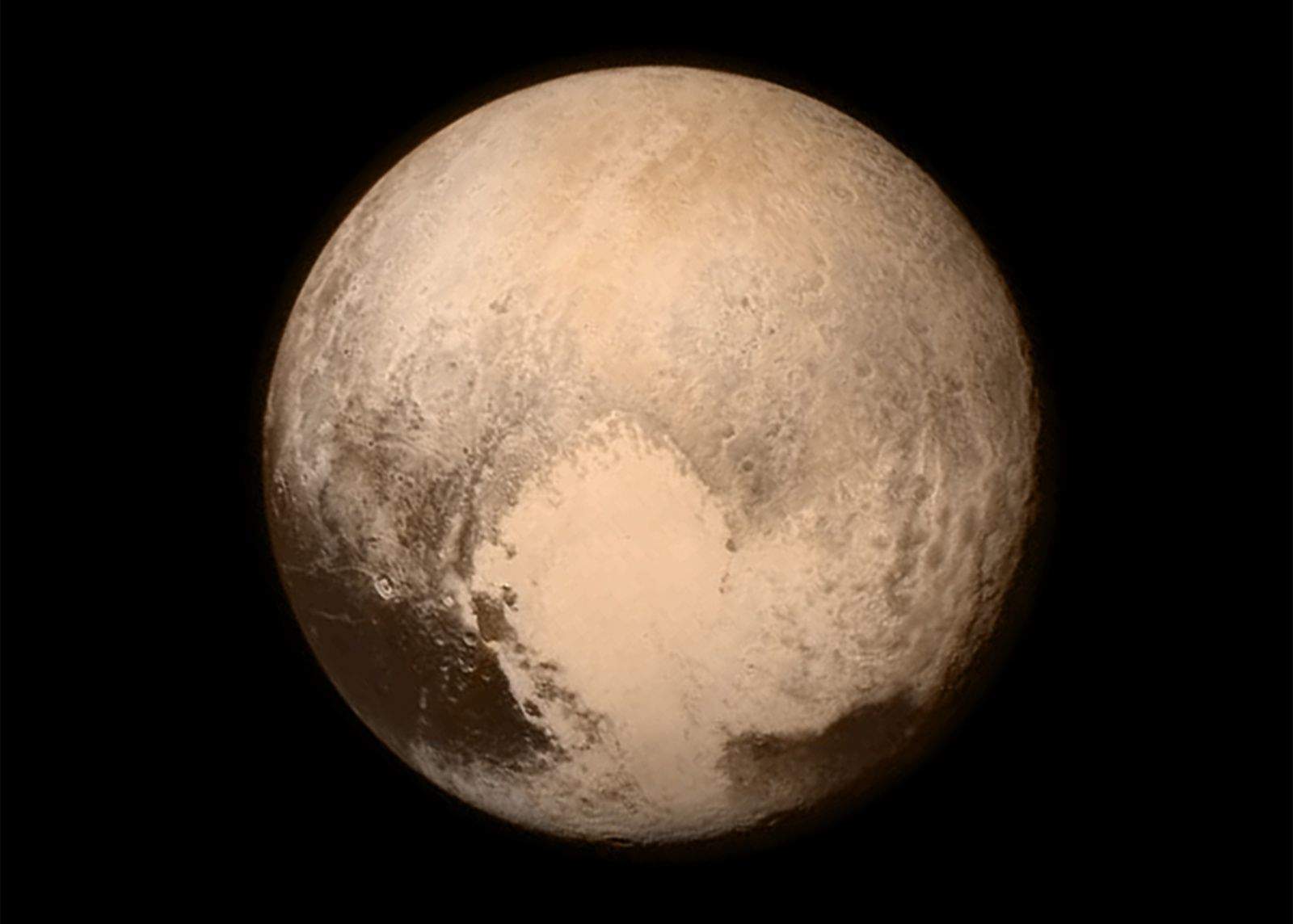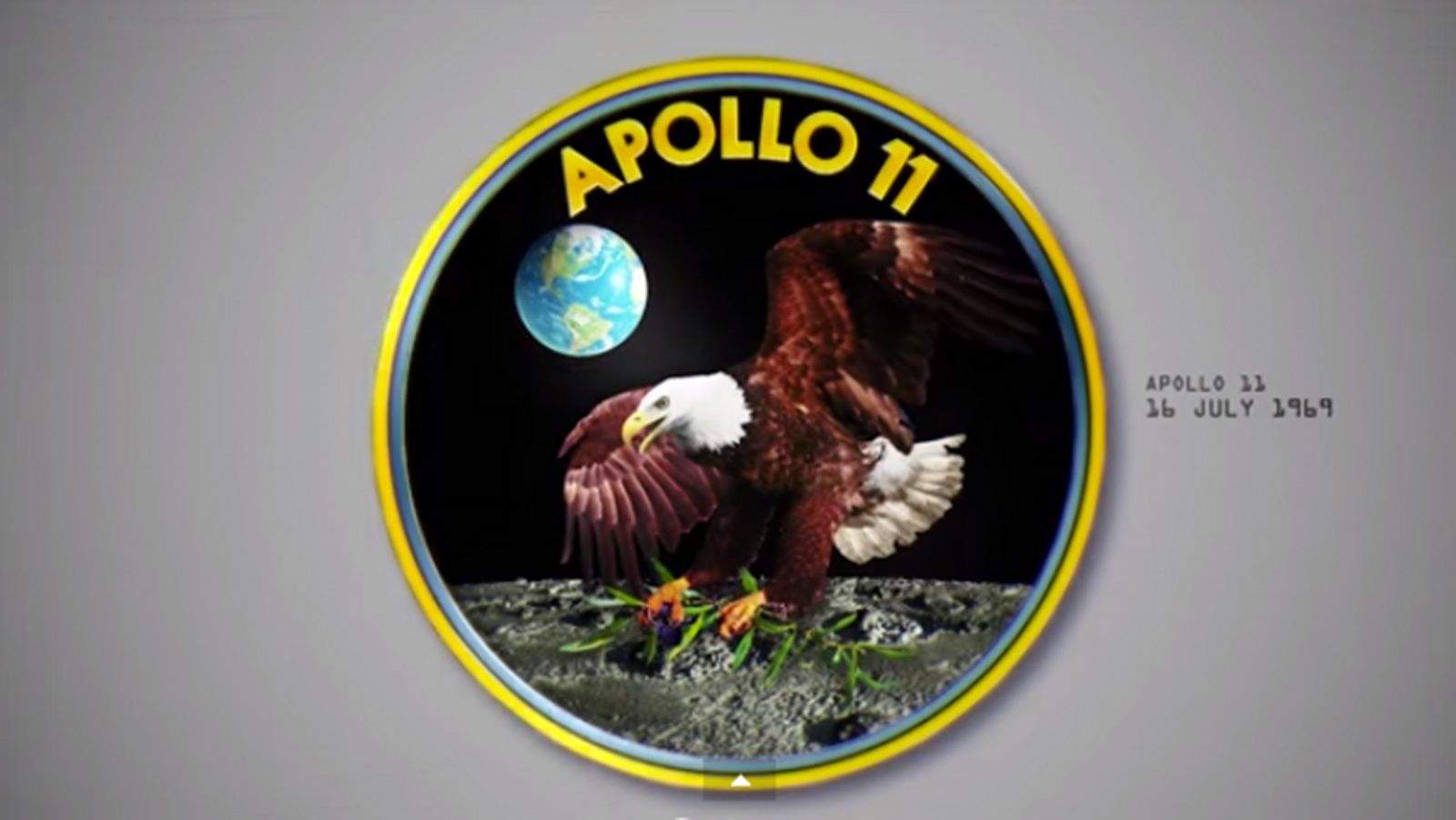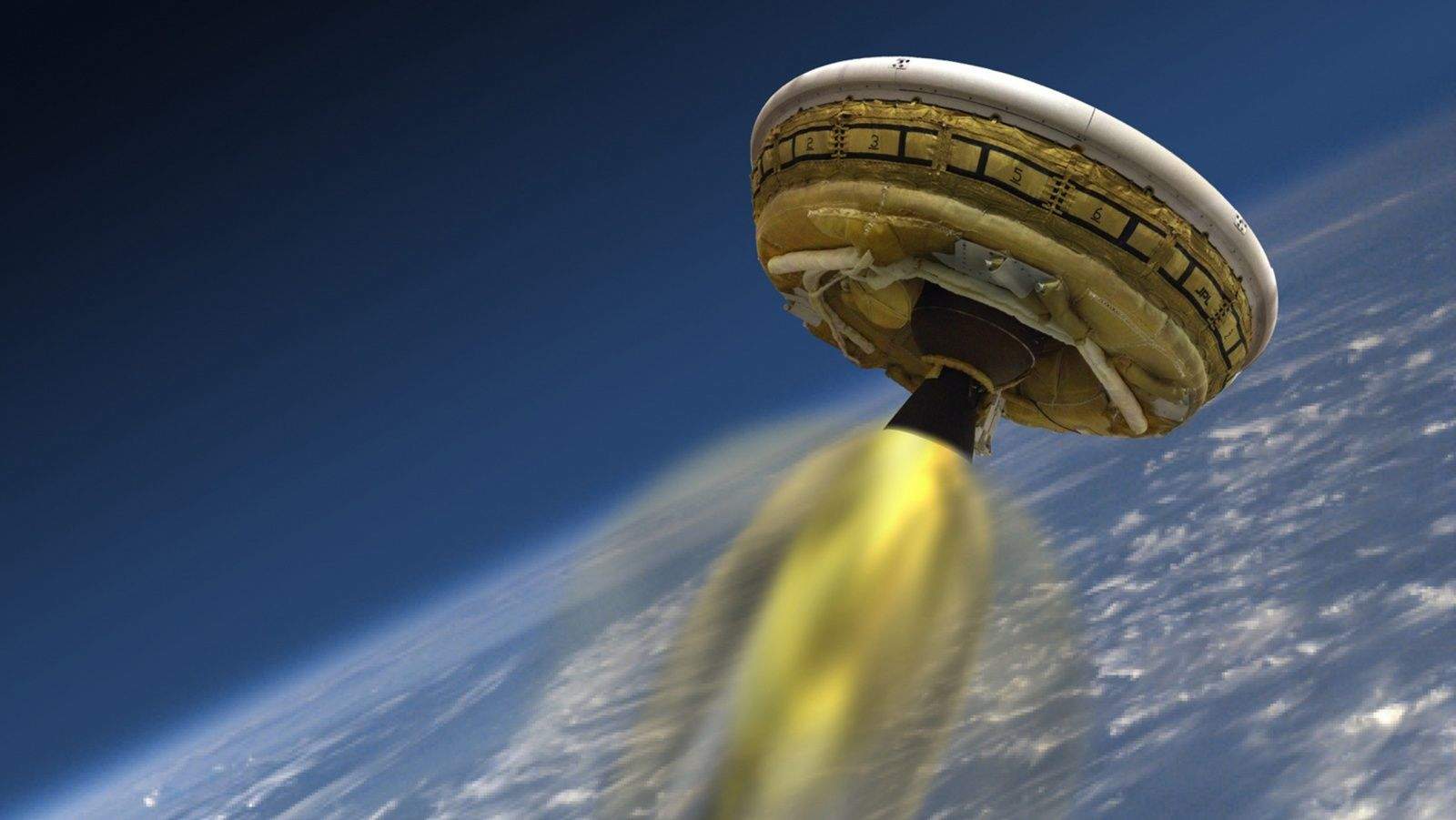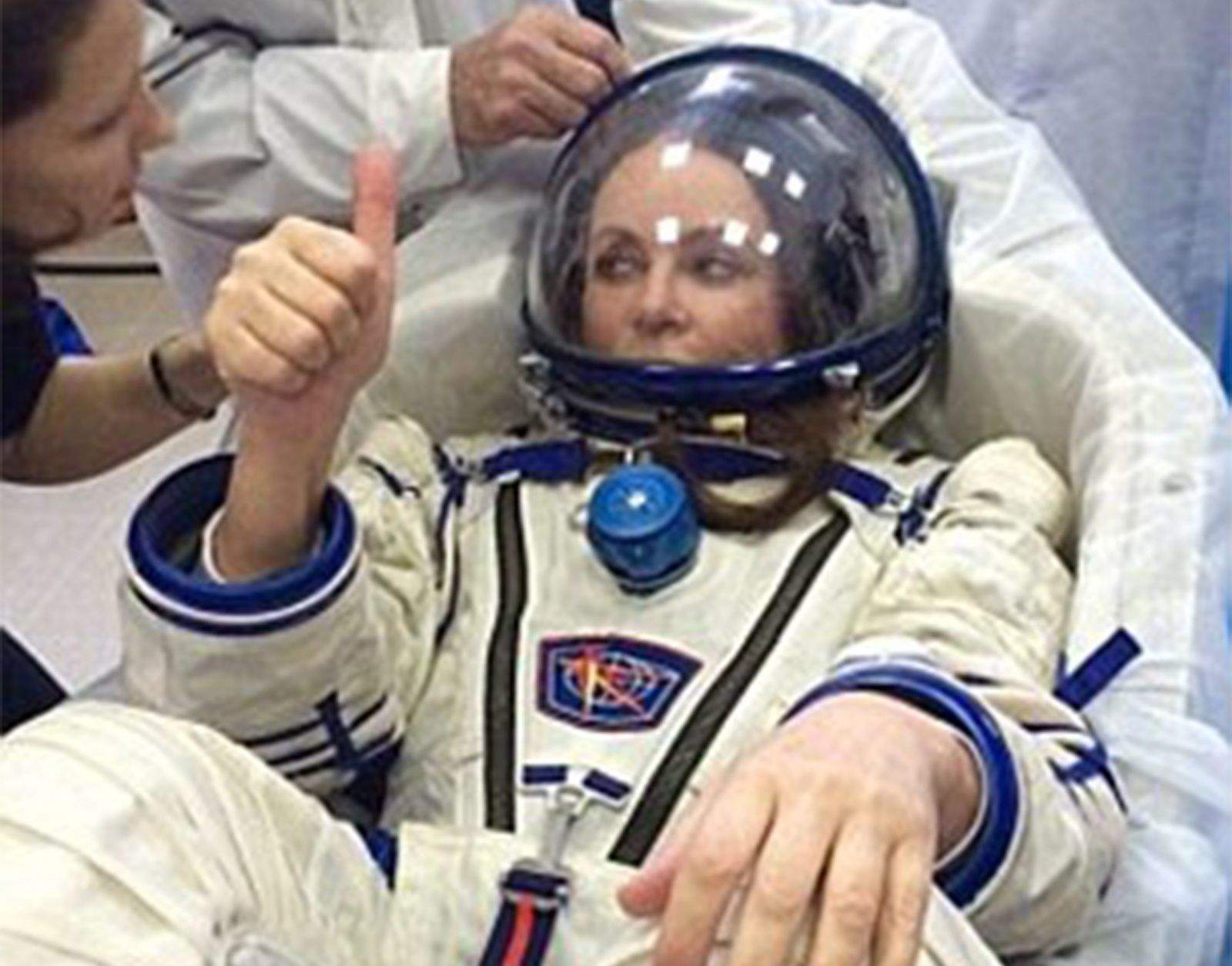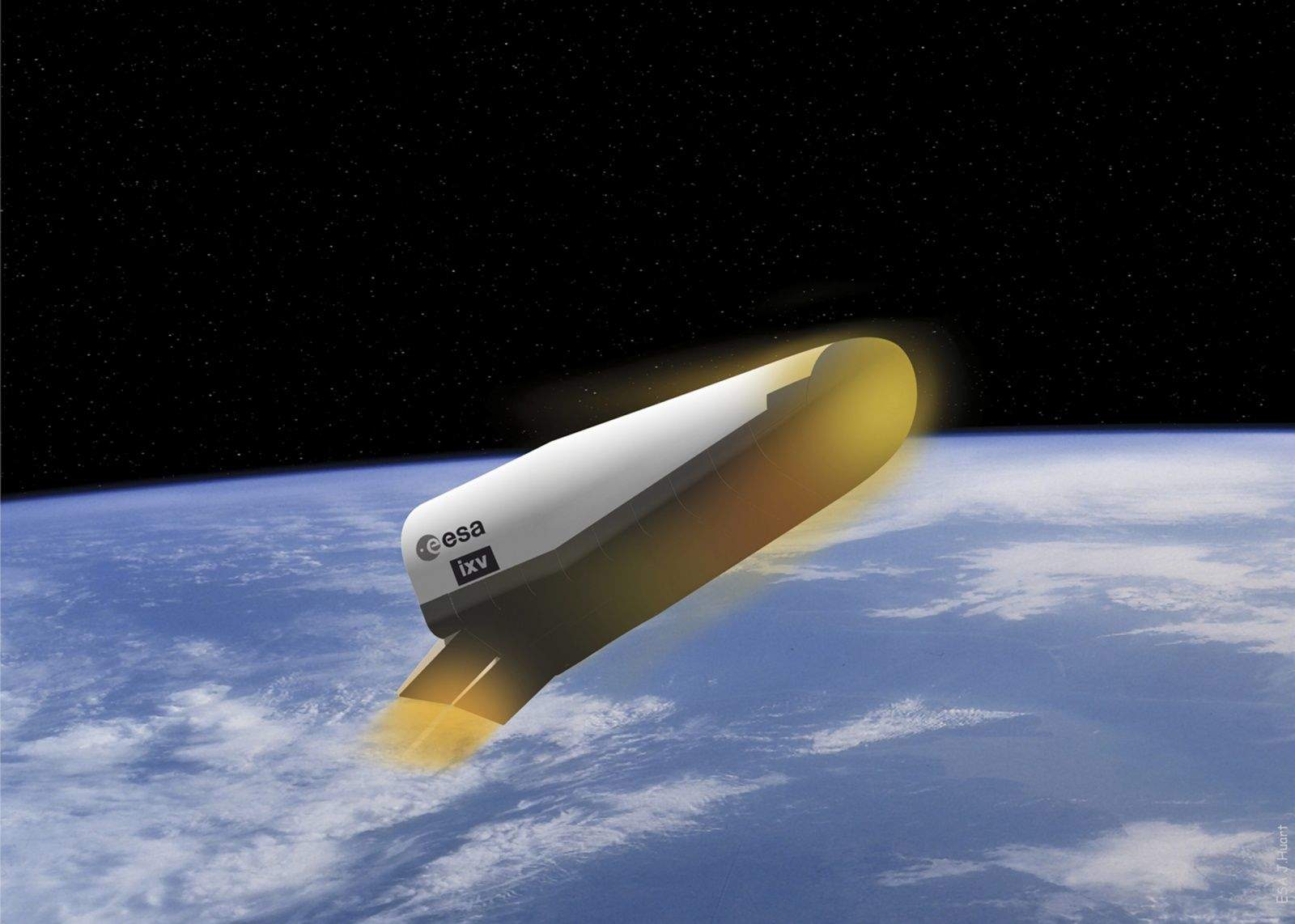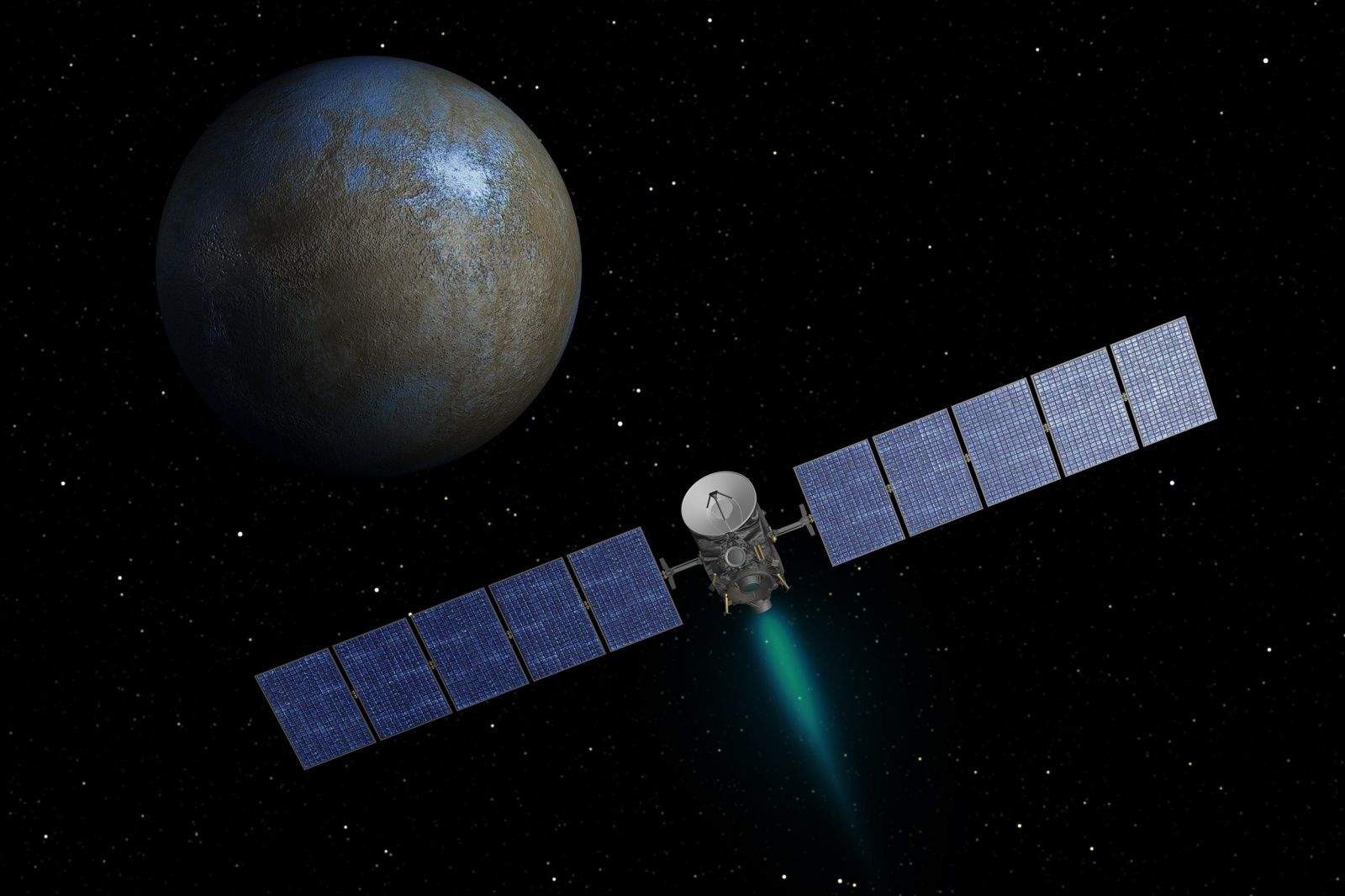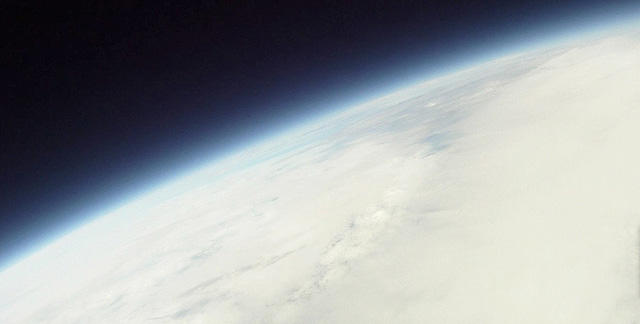To see a satellite image of the field of space debris that floats around the earth is like looking at fleas swarming an unfortunate dog. About a half-million pieces of debris are the size of a marble, but even tiny pieces that travel more than 17,000 miles per hour could be deadly to a spacecraft with astronauts.
Researchers from the University of Michigan and NASA have developed a self-healing material that could instantly plug up a hole in the hull of a ship just milliseconds after impact.
